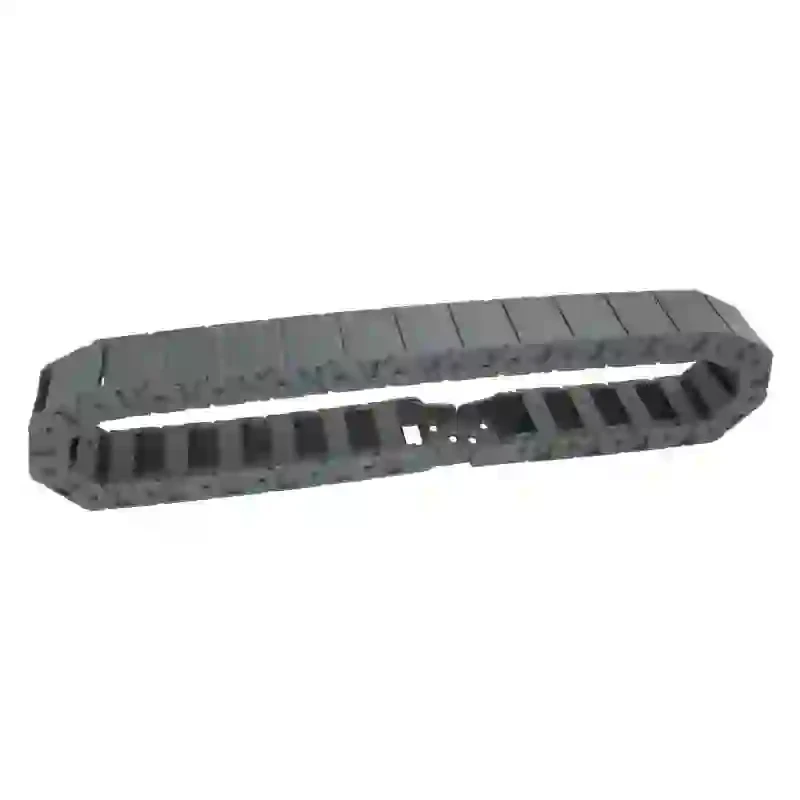Synchronous Belt and V Belt Comparison for Optimal Performance in Mechanical Applications
Synchronous Belts vs. V Belts A Comprehensive Comparison
When it comes to mechanical power transmission, various belt types are employed to efficiently transfer energy from one component to another. Among these, synchronous belts and V belts are two of the most common options. Both have their unique advantages and applications, making it crucial to understand their differences before making a selection for your specific project. In this article, we will explore the characteristics, advantages, and disadvantages of synchronous belts and V belts, allowing for an informed decision based on your requirements.
What is a Synchronous Belt?
Synchronous belts, also known as timing belts, are characterized by their toothed design, which enables them to mesh precisely with corresponding toothed pulleys. This design prevents slippage, allowing for synchronous movement between the belt and the pulleys. These belts are typically made from materials such as Neoprene, polyurethane, or rubber, and they are reinforced with fibers such as Kevlar or fiberglass for added strength and durability.
Synchronous belts are commonly used in applications requiring precise timing, such as in automotive engines, 3D printers, and CNC machines. Their ability to maintain a consistent position relative to the pulleys they engage with makes them particularly suited for applications where timing accuracy is critical.
What is a V Belt?
V belts, on the other hand, feature a trapezoidal cross-section, allowing them to fit snugly into V-shaped grooves found in their corresponding pulleys. This design enables a larger contact area, which improves grip and allows for efficient power transmission. V belts are often made from rubber or polymer materials and can be reinforced with various materials for enhanced performance.
V belts are versatile and widely used in numerous industrial applications, ranging from agricultural machinery to HVAC systems. Their ability to handle varying loads and resist slippage makes them a popular choice for power transmission in less precision-critical applications.
Advantages of Synchronous Belts
1. Precision Timing Synchronous belts ensure accurate timing between gears and other mechanical components, making them ideal for applications that require synchronized movement.
2. No Slippage Due to their toothed design, synchronous belts do not slip, which results in reliable and consistent performance over time.
3. Lower Maintenance Synchronous belts require less maintenance compared to V belts, as they do not need periodic tension adjustments due to stretch.
4. High Efficiency These belts are known for their high power transmission efficiency, minimizing energy loss.
Disadvantages of Synchronous Belts
synchronous belt vs v belt

1. Limited Flexibility Synchronous belts have less flexibility compared to V belts, making them less suitable for applications that require angular misalignment.
3. Increased Wear The toothed design can lead to increased wear on both the belt and the pulleys, especially if operated under high loads for extended periods.
Advantages of V Belts
1. Versatility V belts can be used in a wide range of applications, from light-duty to heavy-duty environments, making them a versatile choice.
2. Ease of Installation They are generally easier to install and replace compared to synchronous belts, providing convenience during maintenance.
3. Flexibility V belts have a certain degree of flexibility, allowing them to accommodate misalignment and varying loads better than synchronous belts.
4. Cost-Effectiveness V belts are often less expensive than synchronous belts, making them a more budget-friendly option for non-critical applications.
Disadvantages of V Belts
1. Potential Slippage V belts can transmit power efficiently, but they are prone to slippage under certain conditions, which can reduce efficiency and reliability.
2. Frequent Maintenance They may require regular tension adjustments and replacements due to wear or stretching over time.
3. Lower Precision V belts do not guarantee the same level of timing accuracy as synchronous belts, making them less suitable for applications requiring precise synchronization.
Conclusion
In conclusion, the choice between synchronous belts and V belts largely depends on the specific requirements of your application. If precision timing, high efficiency, and low maintenance are critical factors, synchronous belts are likely the better option. However, for applications that require versatility, ease of installation, and cost-effectiveness, V belts may be more suitable. By evaluating your project's needs and understanding the strengths and weaknesses of each belt type, you can make a more informed decision that will lead to optimal performance and longevity in your mechanical systems.








